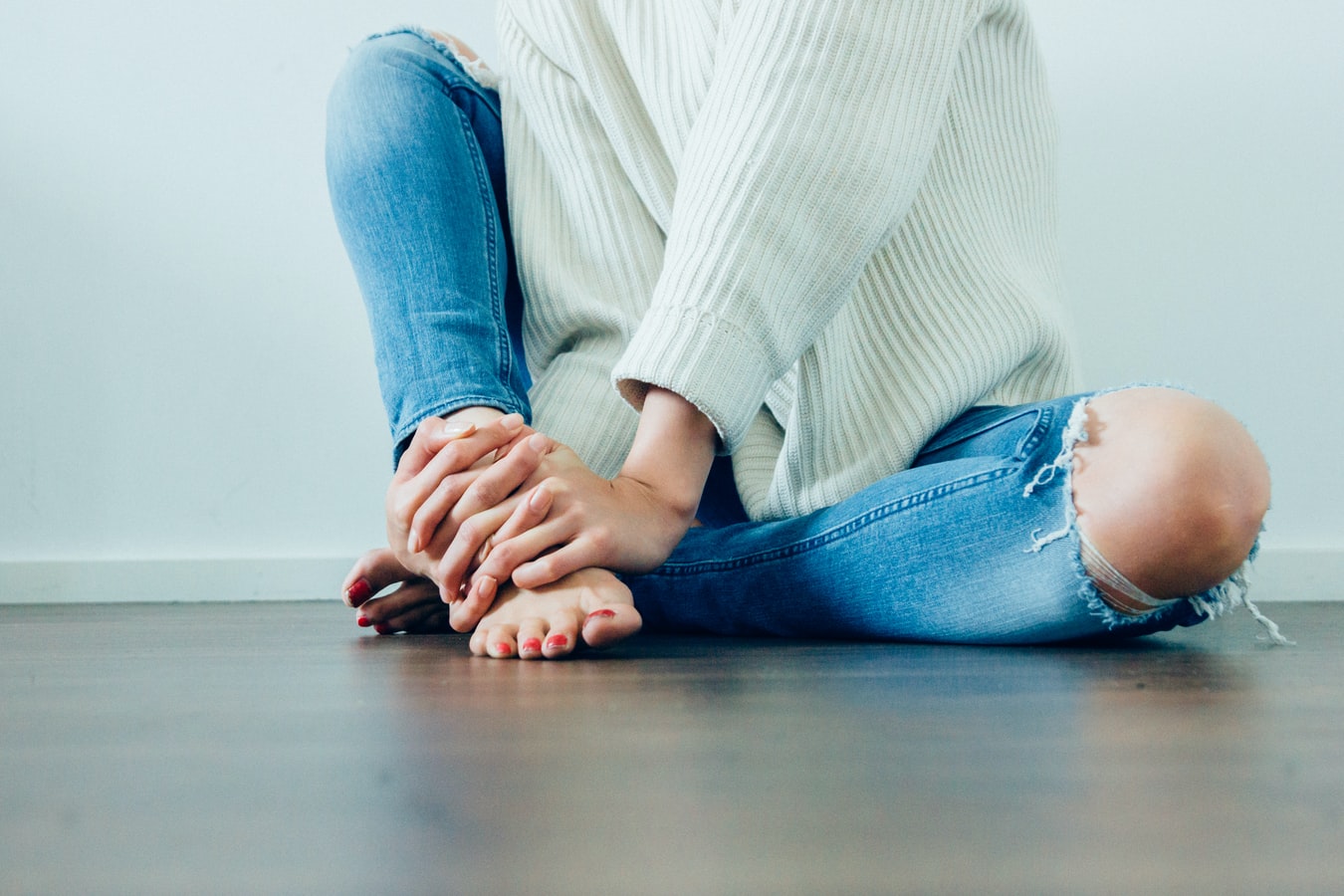
How Long Do Dermalinfusion Results Last?
Dermalinfusion is one of the most advanced and dynamic skin treatments available today. Dermalinfusion is an advanced type of microdermabrasion, with the drying effect of the traditional aluminum-based crystals and the hydrating effect of liquid solution delivery.
Standard microdermabrasion uses crystals to “sand blast” the skin. Dermalinfusion gently removes rough surface cells with a diamond tip wand. At the same time, debris is suctioned from the skin and pores while a soothing infusion of special-action serum is pressure-assisted into the skin.
Dermalinfusion moisturizes dry and flaky skin and clarifies oily or acne-prone skin, providing a brightening boost and balance to discolored and imbalanced skin. Because dermalinfusion is non-invasive, patients can immediately return to work and other daily activities immediately following their procedure.
Immediately after dermalinfusion treatment in Phoenix, most patients notice a 70% improvement in skin volume and luminosity. Dermalinfusion also has the added benefit of stimulating collagen production within the skin. This means that the results can continue to improve even after the initial results.
For best results, more than one treatment may be recommended to achieve maximum improvement in your skin condition. The number of sessions will be based on the type of skin issues you are experiencing and how your skin responds to treatment.
How long your dermalinfusion results last depend on how well you maintain your skin through a comprehensive skincare regimen. The use of moisturizers, creams, cleaners and sunscreen will increase the longevity of the results.
Dermalinfusion is non-invasive and a great treatment option for various skin concerns such as aging, hyperpigmentation, acne, dry skin and more. The dermalinfusion technology offers a personalized approach, resulting in fresh feeling and incredible looking skin. This procedure is painless and safe, and desired results are achieved quickly without discomfort or the potential complications of more invasive treatments. To schedule your dermalinfusion skin treatment in Phoenix, contact THE CENTER for Advanced Dermatology at 602-867-7546 or website. Dr. Holy will tailor a procedure to meet the specific needs of your individual skin.











